Introduction
Welcome to the flavorful world of food in Gilgit, where every dish tells a tale of tradition, heritage, and diverse cultural influences. Nestled amidst the stunning landscapes of northern Pakistan, Gilgit boasts a culinary scene as rich and varied as its breathtaking vistas. The cuisine here isn’t just about sustenance; it’s a celebration of history and a reflection of the region’s vibrant tapestry of cultures. From aromatic spices to hearty staples, food in Gilgit embodies a harmonious blend of flavors, drawing inspiration from centuries-old recipes and local ingredients that paint a vivid picture of the region’s gastronomic heritage. In this blog post, we’ll delve into the gastronomic delights of Gilgit, exploring its fascinating history and cultural influences that have shaped its unique food culture. Join us on a tantalizing journey through the alleys of local eateries, unravel the secrets of signature dishes, and discover the significance of food in Gilgit’s social fabric. Whether you’re a culinary enthusiast eager to try new flavors or a curious traveler seeking an authentic taste of the region, this guide to the food in Gilgit promises to be a delectable adventure into a world of exquisite tastes and traditions.
List of Food in Gilgit
| S. No | Name of Food/Dish | Category | Price Range (USD & EUR) | Main Ingredients (if available) |
|---|---|---|---|---|
| 1 | Chapshuro | Savoury | $5-$15 USD, €4-€12 EUR | Flour, Meat, Onions |
| 2 | Harissa | Savoury | $8-$20 USD, €7-€18 EUR | Meat, Wheat, Spices |
| 3 | Palak Paneer | Veg Dish | $7-$15 USD, €6-€13 EUR | Spinach, Paneer |
| 4 | Dumplings/Momo | Savoury | $6-$12 USD, €5-€10 EUR | Flour, Meat/Vegetables |
| 5 | Mantu | Savoury | $8-$18 USD, €7-€15 EUR | Flour, Ground Meat |
| 6 | Sajji | Meat Dish | $10-$25 USD, €8-€20 EUR | Whole Chicken, Spices |
| 7 | Yak Meat | Meat Dish | $15-$35 USD, €12-€30 EUR | Yak Meat, Herbs |
| 8 | Bagir | Meat Dish | $12-$28 USD, €10-€24 EUR | Meat, Bread, Spices |
| 9 | Thukpa | Soup | $6-$14 USD, €5-€12 EUR | Noodles, Vegetables |
| 10 | Yakhni Soup | Soup | $8-$18 USD, €7-€15 EUR | Meat Broth, Spices |
| 11 | Chapati | Savoury | $3-$8 USD, €2-€7 EUR | Wheat Flour |
| 12 | Qeema | Meat Dish | $9-$20 USD, €8-€17 EUR | Minced Meat, Spices |
| 13 | Shapikhand | Savoury | $7-$15 USD, €6-€13 EUR | Cheese, Wheat Flour |
| 14 | Khum | Deep Fry Dish | $5-$12 USD, €4-€10 EUR | Dough, Sugar |
| 15 | Butter Tea | Beverage | $3-$7 USD, €2-€6 EUR | Tea, Butter, Salt |
| 16 | Khuro | Savoury | $6-$14 USD, €5-€12 EUR | Barley Flour, Butter |
| 17 | Chilpindok | Savoury | $8-$16 USD, €7-€14 EUR | Cheese, Herbs, Dough |
| 18 | Phamthuk | Soup | $7-$15 USD, €6-€13 EUR | Noodles, Vegetables |
| 19 | Marzan | Sweet | $4-$10 USD, €3-€8 EUR | Wheat, Sugar, Nuts |
| 20 | Ghoshtaba | Meat Dish | $10-$22 USD, €8-€19 EUR | Meatballs, Yogurt |
| 21 | Gyaling | Pastry | $5-$12 USD, €4-€10 EUR | Flour, Sugar, Butter |
| 22 | Paba | Savoury | $7-$15 USD, €6-€13 EUR | Buckwheat Flour, Butter |
| 23 | Shakambari | Veg Dish | $8-$16 USD, €7-€14 EUR | Mixed Vegetables |
| 24 | Thenthuk | Soup | $6-$14 USD, €5-€12 EUR | Noodles, Vegetables |
| 25 | Yatok-Mealtuk | Savoury | $8-$18 USD, €7-€15 EUR | Meat, Wheat, Vegetables |
| 26 | Tandoori Roti | Savoury | $2-$6 USD, €2-€5 EUR | Wheat Flour, Yogurt |
| 27 | Chapshurro Soup | Soup | $7-$15 USD, €6-€13 EUR | Noodles, Meat |
| 28 | Balay | Savoury | $6-$12 USD, €5-€10 EUR | Wheat Flour, Butter |
| 29 | Khacahapuri | Pastry | $8-$16 USD, €7-€14 EUR | Cheese, Dough |
| 30 | Thenthuk Soup | Soup | $6-$14 USD, €5-€12 EUR | Noodles, Vegetables |
| S. No | Name of Food/Dish | Category | Price Range (USD & EUR) | Main Ingredients (if available) |
Note: The price range provided is approximate and may vary depending on the restaurant or vendor.
Chapshuro: Chapshuro is a traditional Gilgit-Baltistan dish consisting of a pocket of dough filled with minced meat, onions, and various spices. The dough is rolled out thin, folded over the filling, and then baked or fried until crispy. Its savory flavor, combined with the tenderness of the meat and the aromatic spices, makes it a popular choice among locals and visitors alike.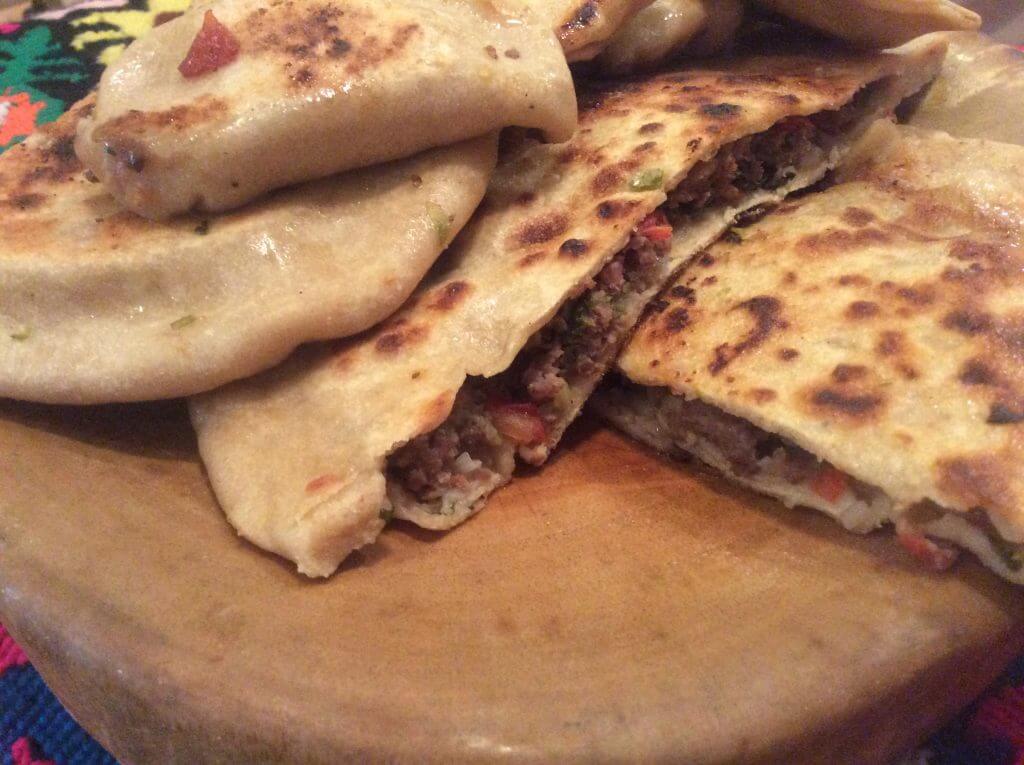
Harissa: Harissa is a slow-cooked stew made with wheat, meat (usually chicken or lamb), and spices. The meat is cooked until it becomes incredibly tender and almost melts into the wheat, creating a thick, hearty consistency. It’s a dish often enjoyed during colder months for its warming and comforting qualities, and its rich flavors come from the slow cooking process along with the blend of spices used.
Palak Paneer: Palak Paneer is a vegetarian dish made from spinach (palak) and paneer. The spinach is pureed and cooked with spices like cumin, garam masala, and garlic, creating a vibrant green gravy. Cubes of paneer are added to the spinach mixture, and simmered until they absorb the flavors, resulting in a creamy and flavorful dish served with rice or bread.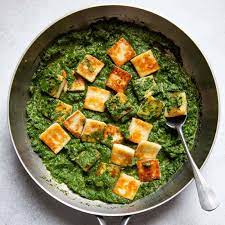
Dumplings/Momo: Dumplings, locally known as momo, are a beloved dish in Gilgit. These bite-sized parcels of dough are typically filled with minced meat or vegetables, along with spices, and then steamed or fried. Served with a dipping sauce, momos are a popular street food and are enjoyed as a snack or a meal, offering a burst of flavor in each bite.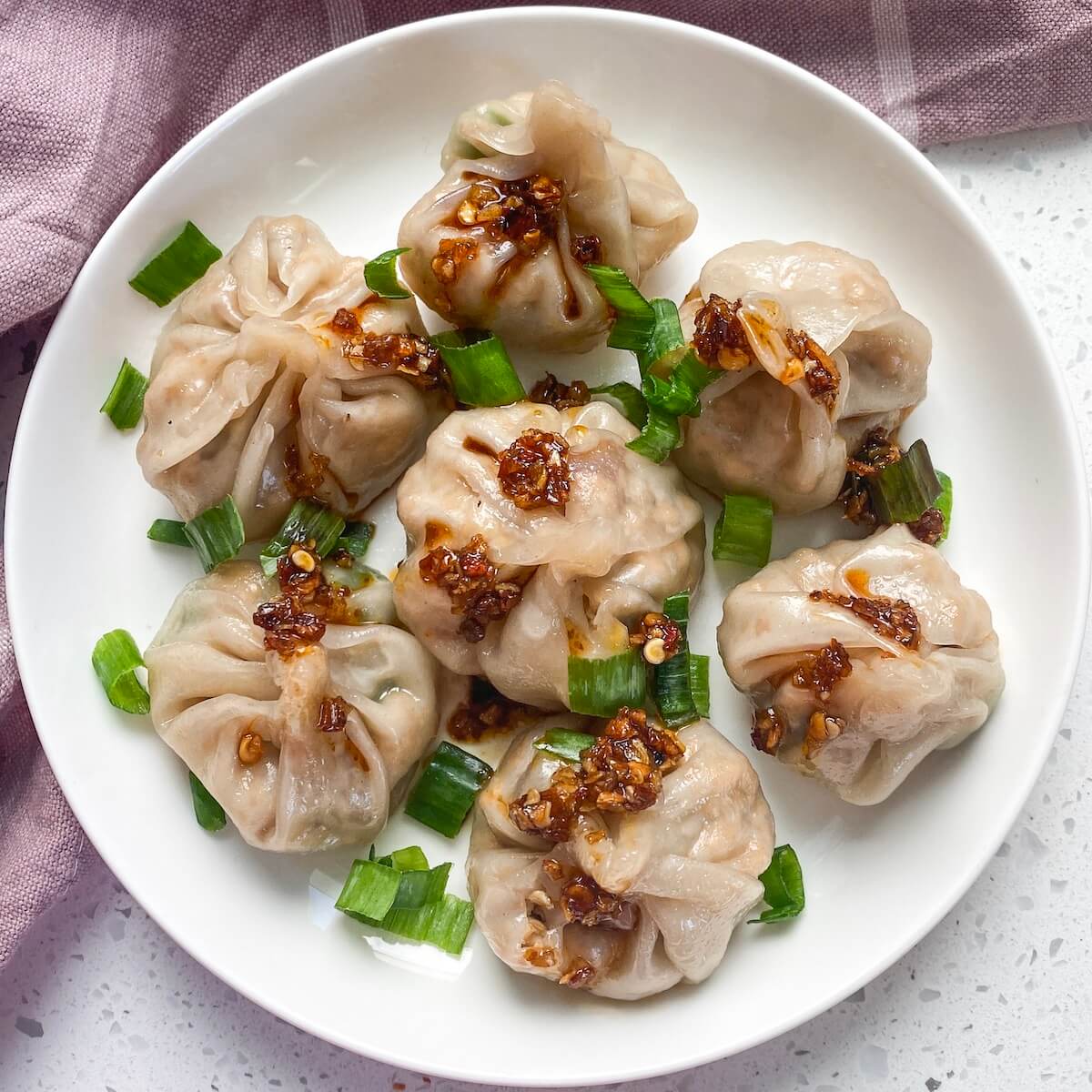
Sajji: Sajji is a whole roasted chicken dish that’s seasoned with local spices and cooked on a spit or skewer. The chicken is marinated in a blend of spices like salt, pepper, cumin, and other regional flavors, then slow-roasted until it’s tender and flavorful. Sajji is often served with flatbread and a side of chutney or yogurt sauce, making it a favorite at gatherings and festivals.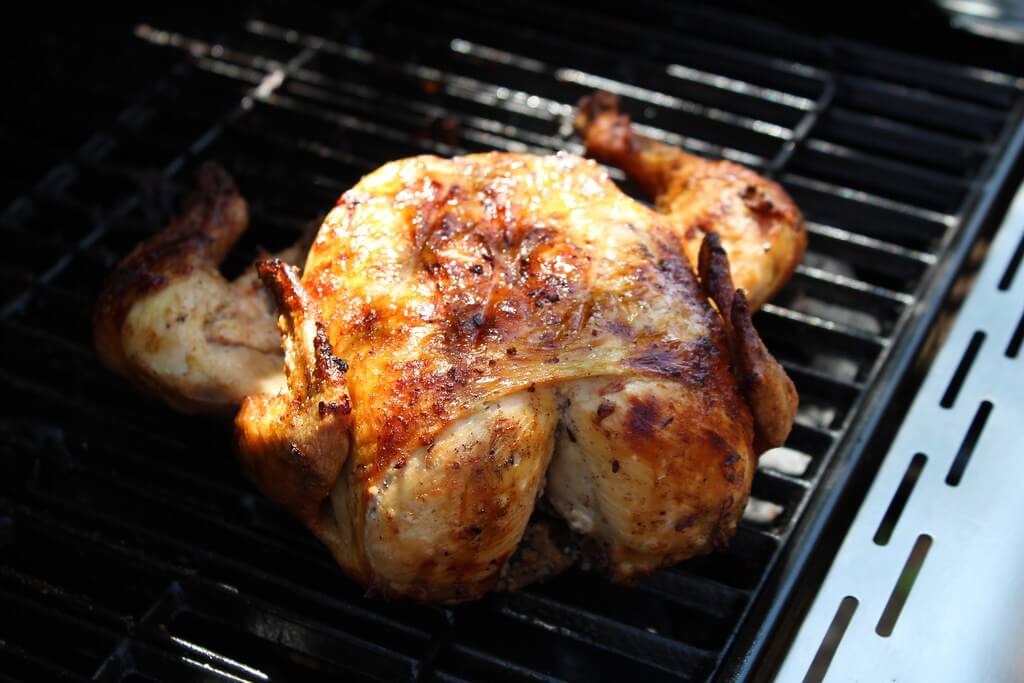
Yak Meat: Yak meat is a specialty in the region, known for its lean and tender texture. Often prepared in various ways such as curries or grilled, yak meat offers a unique taste experience due to its distinct flavor profile. It’s commonly used in stews or kebabs and appreciated for its high protein content and rich taste.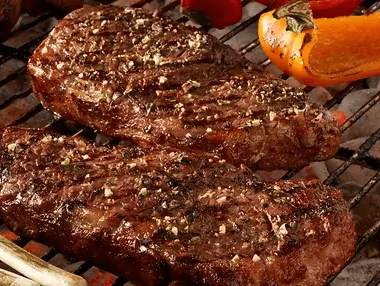
Bagir: Bagir is a meat dish cooked with a combination of spices and bread. It typically consists of pieces of meat (often lamb or goat), onions, tomatoes, and a variety of aromatic spices. The dish is slow-cooked until the meat is tender, and pieces of bread are added to soak up the flavorful gravy, creating a hearty and satisfying meal.
Thukpa: Thukpa is a noodle soup made with vegetables, meat, and sometimes eggs. The soup base is prepared with a flavorful broth and spices, and then noodles along with various vegetables and meat are added. It’s a comforting and nourishing dish, perfect for colder days, and offers a balance of textures and flavors in each spoonful.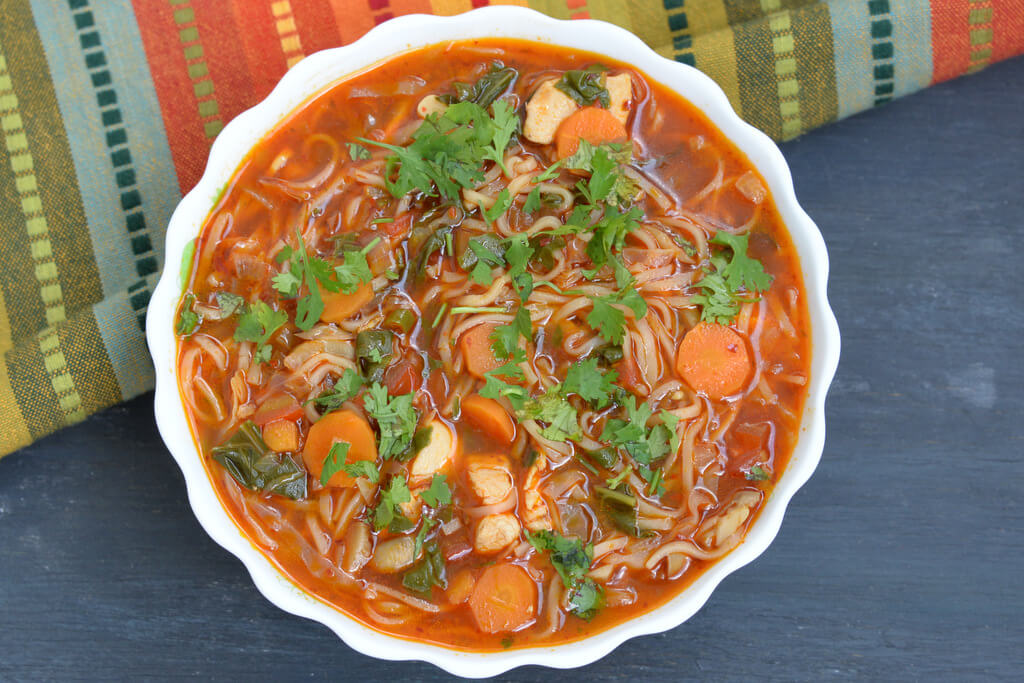
Yakhni Soup: Yakhni Soup is a clear broth soup made of slow-cooking meat (usually chicken or mutton) with aromatic spices like cloves, cinnamon, and cardamom. The resulting broth is light yet flavorful, often served as a starter or as a comforting dish on its own. The simplicity of ingredients allows the natural flavors of the meat and spices to shine through.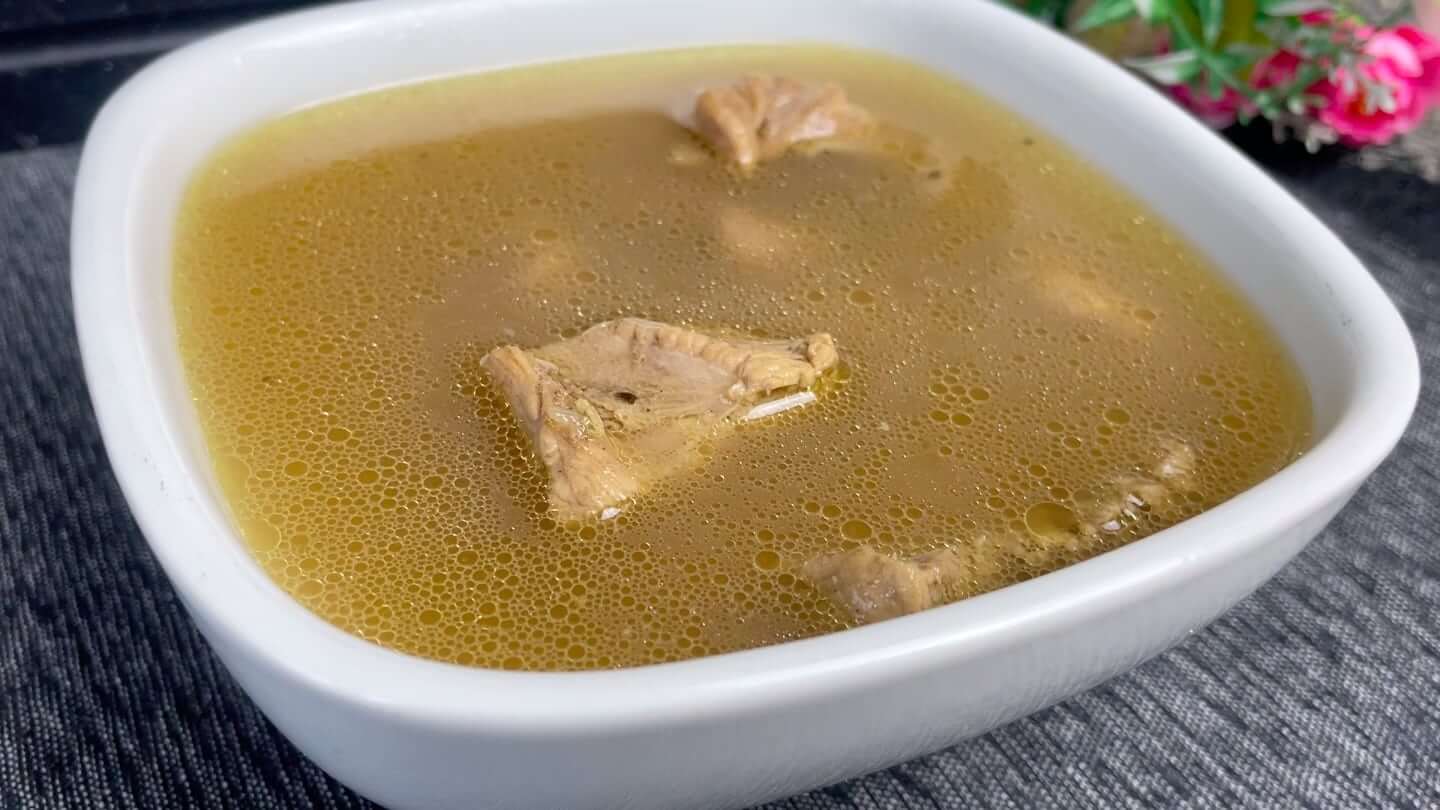
Chapati: Chapati is a staple flatbread made from whole wheat flour and water, rolled into thin rounds, and cooked on a griddle or skillet. It’s a versatile accompaniment to many dishes, providing a simple yet essential element to a meal.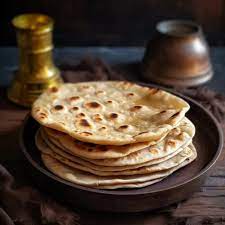
Qeema: Qeema, or minced meat, is a versatile dish made by sautéing minced meat (often beef or mutton) with onions, tomatoes, and spices. It can be served on its own or used as a filling for various dishes like samosas, wraps, or stuffed bread.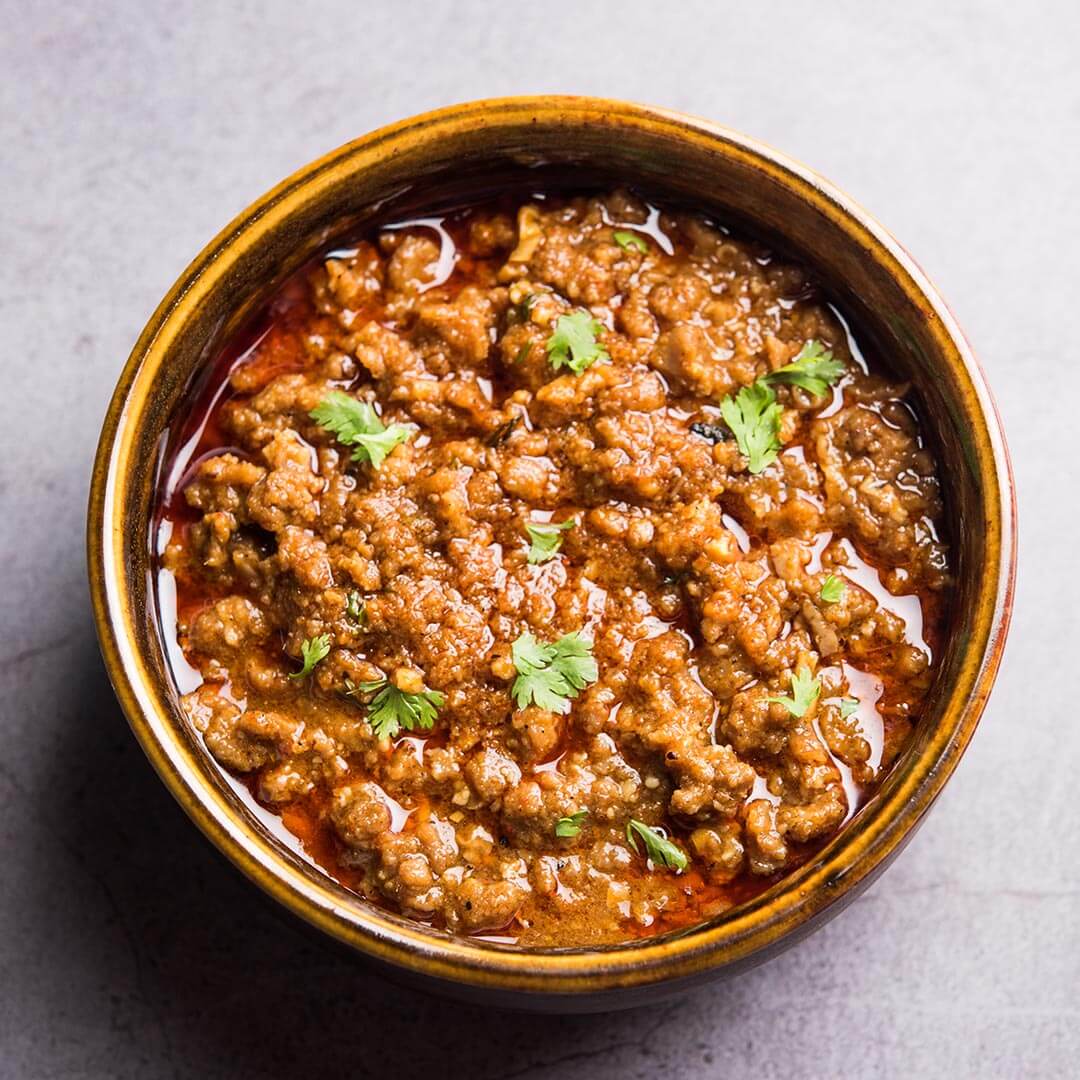
Shapikhand: Shapikhand is a dish made from strained yogurt mixed with sugar, cardamom, and sometimes saffron. It’s a sweet and creamy dessert or side dish enjoyed for its refreshing taste and cooling properties, especially during warmer months.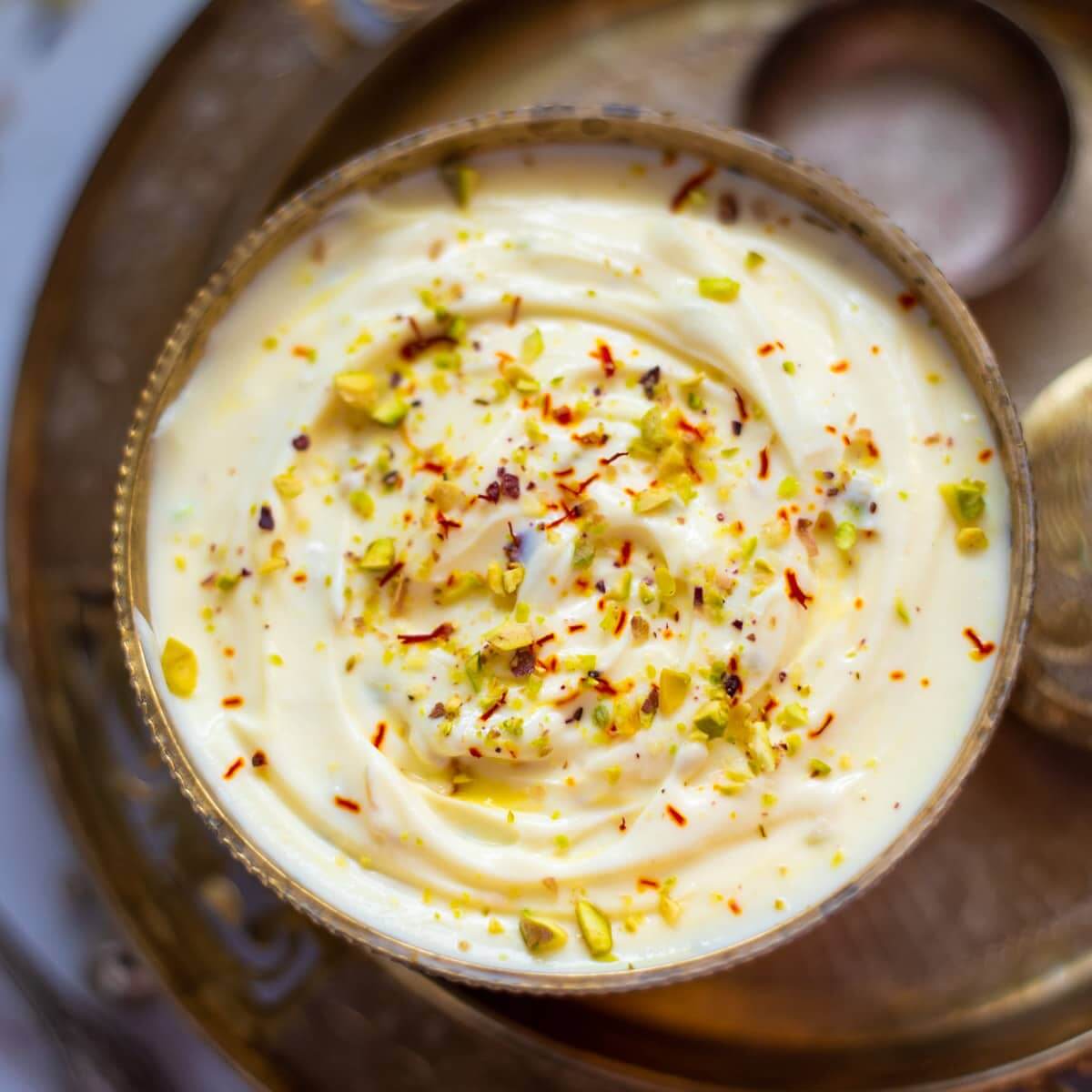
Khum: Khum is a deep-fried dish made from dough that’s shaped into intricate patterns and then fried until crispy. It’s often sprinkled with sugar or served with sweet syrup, making it a popular snack or dessert enjoyed for its crunchiness and sweetness.
Butter Tea: Butter tea, also known as “gur-gur” chai, is a traditional beverage made from black tea leaves, yak butter, salt, and sometimes milk. The tea is brewed and then churned or mixed until it develops a frothy and creamy texture. It’s a warming and energizing drink commonly consumed in colder regions for its rich taste and nourishing qualities.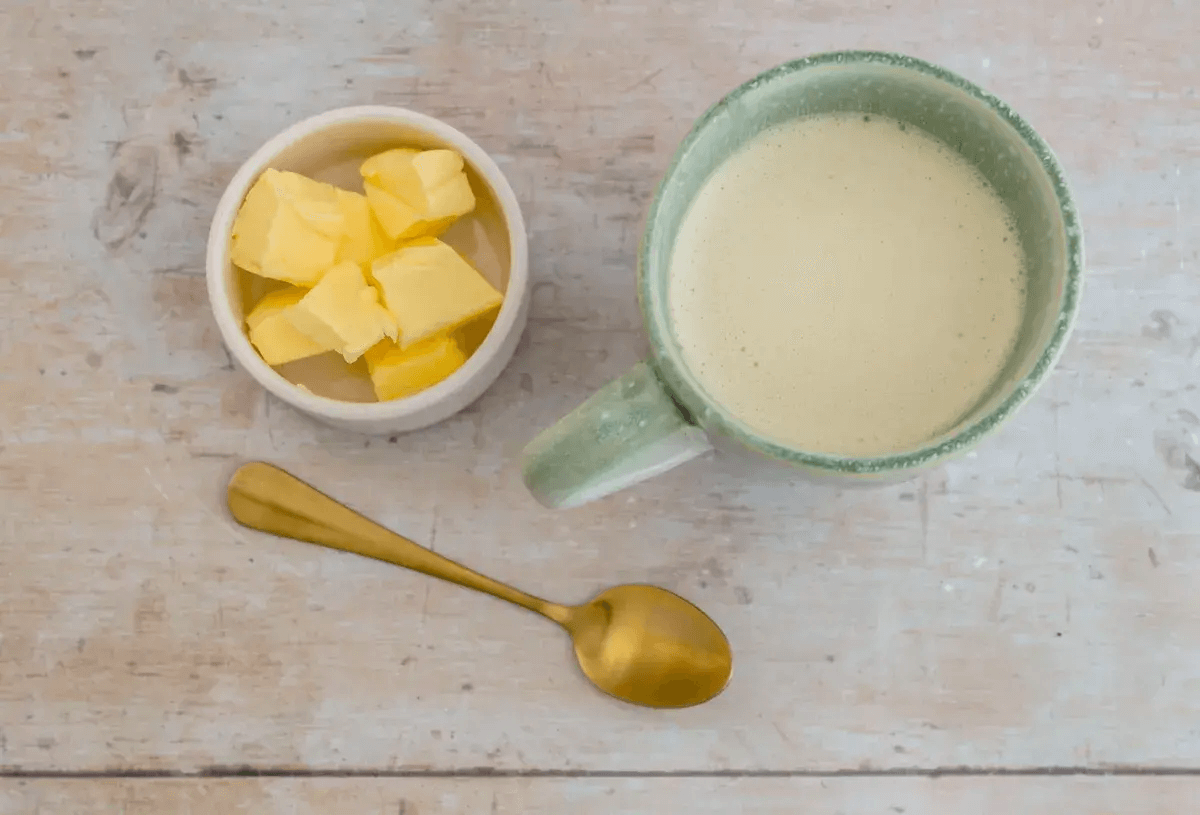
Khuro: Khuro is a traditional porridge-like dish made from barley flour cooked with butter and sometimes sugar or milk. It’s a hearty and nutritious dish often consumed for breakfast or as a comforting meal, appreciated for its simplicity and wholesome flavors.
Chilpindok: Chilpindok is a flavorful and nutritious dish made by mixing wheat flour with water, forming it into small balls, and then cooking them in a savory soup. The soup is prepared with vegetables, spices, and sometimes meat, providing a hearty and comforting meal, especially during colder months. The wheat balls absorb the flavors of the soup, making each bite a delightful combination of soft texture and rich taste.
Phamthuk: Phamthuk is a traditional noodle soup featuring hand-pulled noodles cooked with a variety of vegetables and often meat. The broth is seasoned with local spices, giving it a robust and aromatic flavor. It’s a beloved dish in Gilgit, offering a warming and satisfying meal, particularly favored during chilly weather for its heartiness and nourishment.
Marzan: Marzan is a sweet dish made with wheat, sugar, nuts, and ghee (clarified butter). The wheat is slow-cooked until it reaches a soft and pudding-like consistency, after which it’s sweetened with sugar and enriched with nuts like almonds, walnuts, or pistachios. Marzan is a delightful dessert enjoyed for its comforting sweetness and nutty flavors.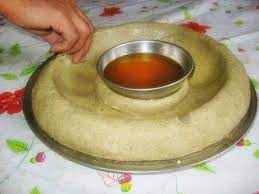
Ghoshtaba: Ghoshtaba is a flavorful Kashmiri meatball dish made from minced mutton or lamb, combined with spices like fennel, ginger, and garlic. The meatballs are cooked in a rich and creamy yogurt-based gravy and simmered until the flavors meld together, creating a savory and aromatic delicacy. It’s a dish cherished for its tender meat and the blend of spices that contribute to its distinctive taste.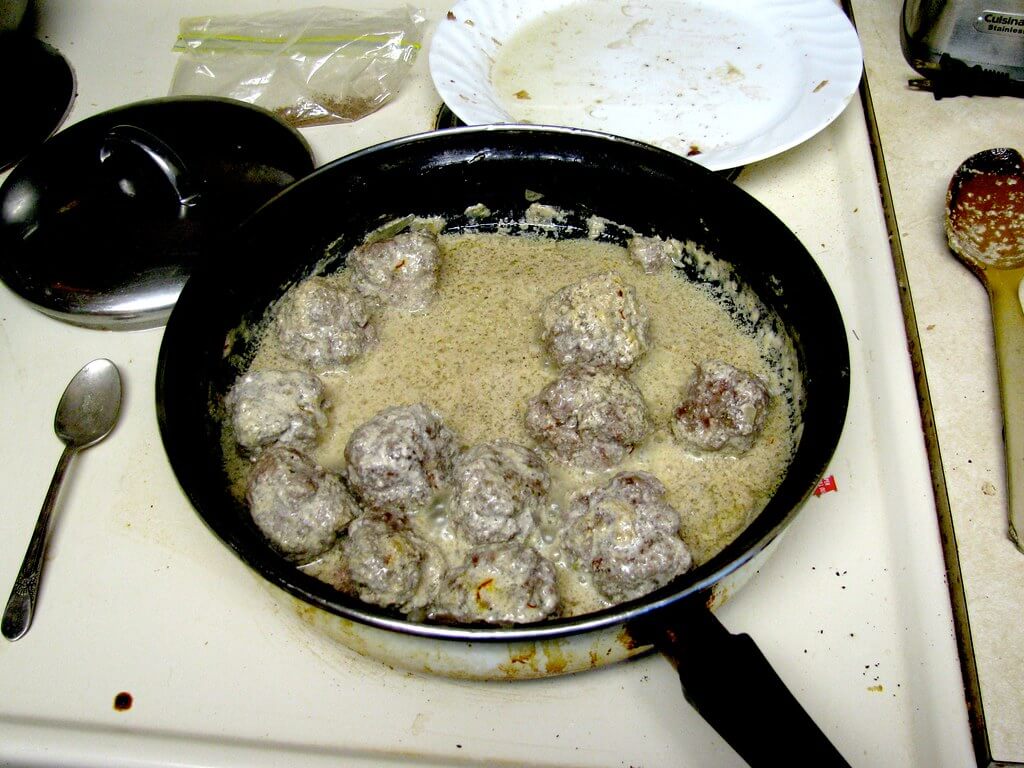
Gyaling: Gyaling is a pastry dish made by layering thin sheets of dough with butter, folding them repeatedly, and then rolling them out before baking. The result is a flaky and buttery pastry that’s often enjoyed with tea or as a snack. Its crisp layers and buttery richness make it a delightful treat appreciated for its simplicity and taste.
Paba: Paba is a traditional dish made from roasted buckwheat flour mixed with water and then kneaded into a dough. It’s shaped into flatbreads and cooked on a griddle. Paba is commonly consumed for breakfast or as a side dish, offering a nutty flavor and a slightly dense texture. It’s a staple food in the region, known for its nutritional value and earthy taste.
Shakambari: Shakambari is a vegetable dish prepared with a variety of locally available vegetables such as spinach, turnips, radishes, and other seasonal produce. The vegetables are sautéed or stir-fried with spices, creating a flavorful and nutritious medley of flavors. Shakambari is a versatile dish that showcases the freshness and diversity of local produce.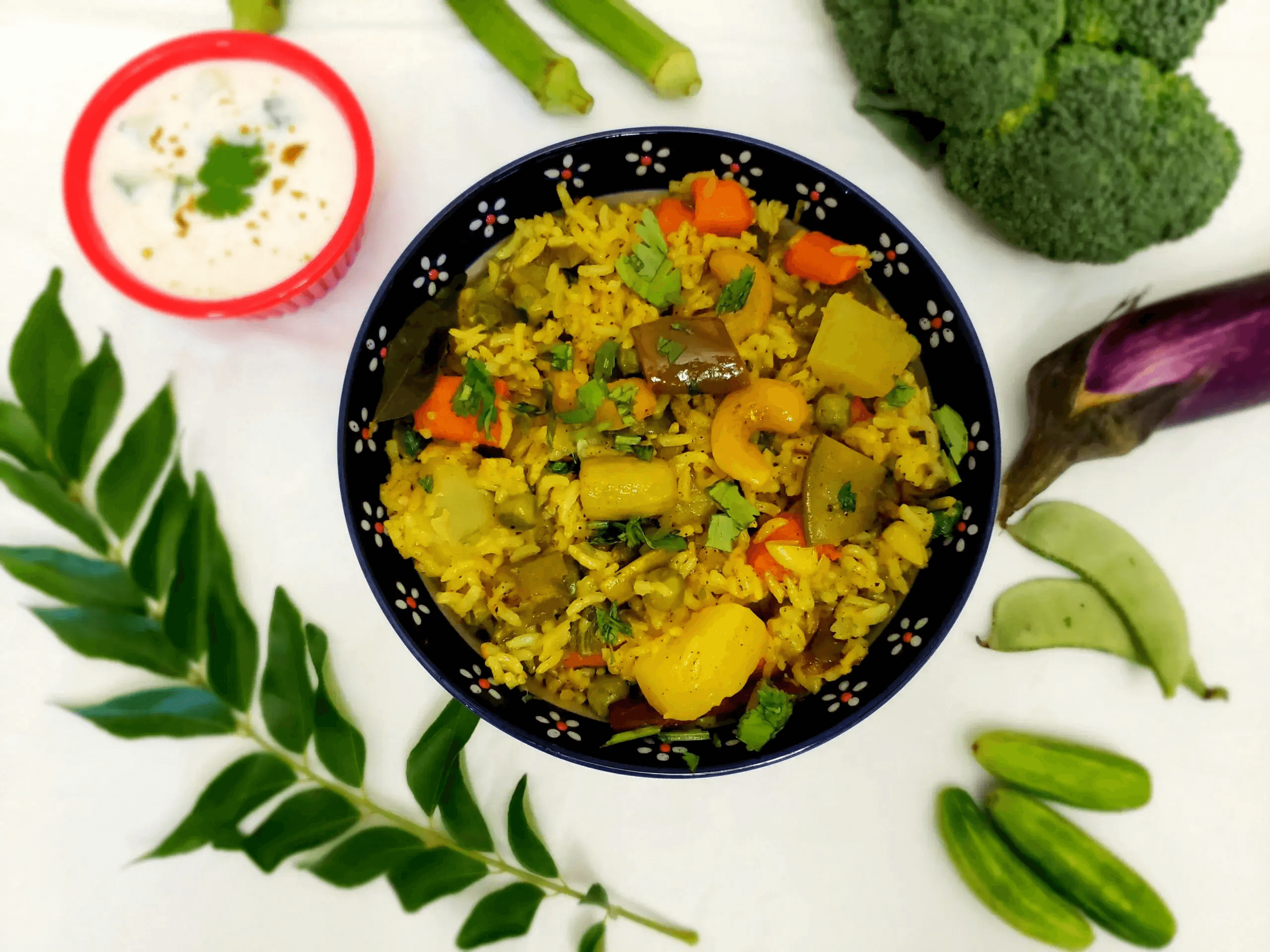
Yatok-Mealtuk: Yatok-Mealtuk is a traditional dish comprising meat (often mutton or beef) cooked with wheat and a selection of vegetables. The ingredients are slow-cooked together with aromatic spices until they form a thick stew-like consistency. This hearty and wholesome dish is appreciated for its blend of flavors and textures, offering a satisfying meal.
Tandoori Roti: Tandoori Roti is a type of unleavened bread made from wheat flour, water, and salt. The dough is rolled into flat rounds and cooked in a tandoor, a clay oven. It’s a staple accompaniment to many dishes, known for its soft texture and slightly smoky flavor imparted by the tandoor.
Chapshurro Soup: Chapshurro Soup is a nourishing soup made by combining chopped vegetables, noodles, and small dough pieces made from wheat flour. The vegetables and dough are cooked in a flavorful broth seasoned with spices, creating a wholesome and filling soup appreciated for its simplicity and comforting taste.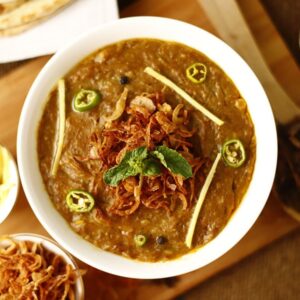
Balay: Balay is a dish made from wheat flour that’s kneaded into a dough, rolled into thin sheets, and cooked on a griddle with a brushing of butter. It’s a type of flatbread enjoyed for its lightness and versatility, often paired with various dishes or eaten on its own.
Khacahapuri: Khacahapuri is a Georgian cheese-filled bread made with a soft and fluffy dough. The bread is shaped into a boat-like form, and the center is filled with a generous amount of cheese, creating a gooey and indulgent filling. It’s a savory treat enjoyed for its cheesy goodness and delightful bread texture.
Chhurpi Soup: Chhurpi Soup is a soup made using chhurpi, a type of hardened cheese that’s rehydrated in hot water or broth along with vegetables and local spices. The resulting soup has a unique and tangy flavor from the cheese and offers a comforting warmth, making it a popular dish during colder seasons.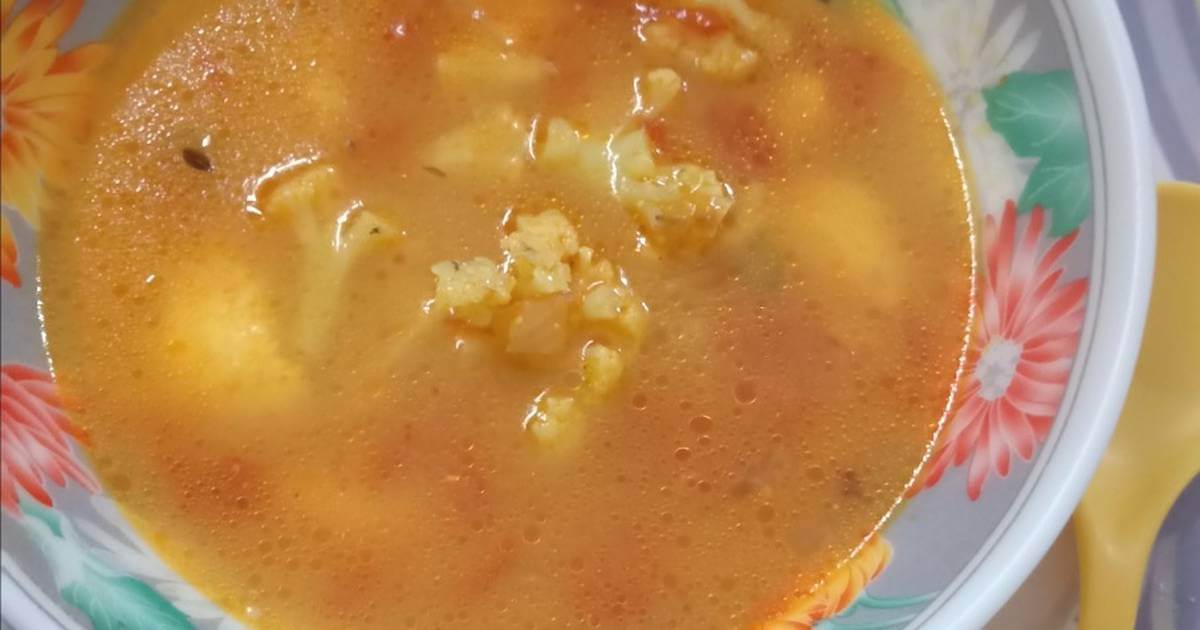
Mantu: Mantu is a dish consisting of steamed dumplings filled with minced meat (often beef or lamb) and onions, seasoned with various spices. The dumplings are typically served with a tomato-based sauce or yogurt, providing a delicious contrast to the savory filling. Mantu is a flavorful and satisfying dish enjoyed as an appetizer or a main course.
Thenthuk: Thenthuk is a Tibetan noodle soup made with hand-pulled noodles, vegetables, and sometimes meat. The noodles are cooked in a flavorful broth seasoned with spices, creating a comforting and wholesome soup. Thenthuk is appreciated for its simplicity and the hearty combination of noodles and vegetables in a warm and nourishing bowl.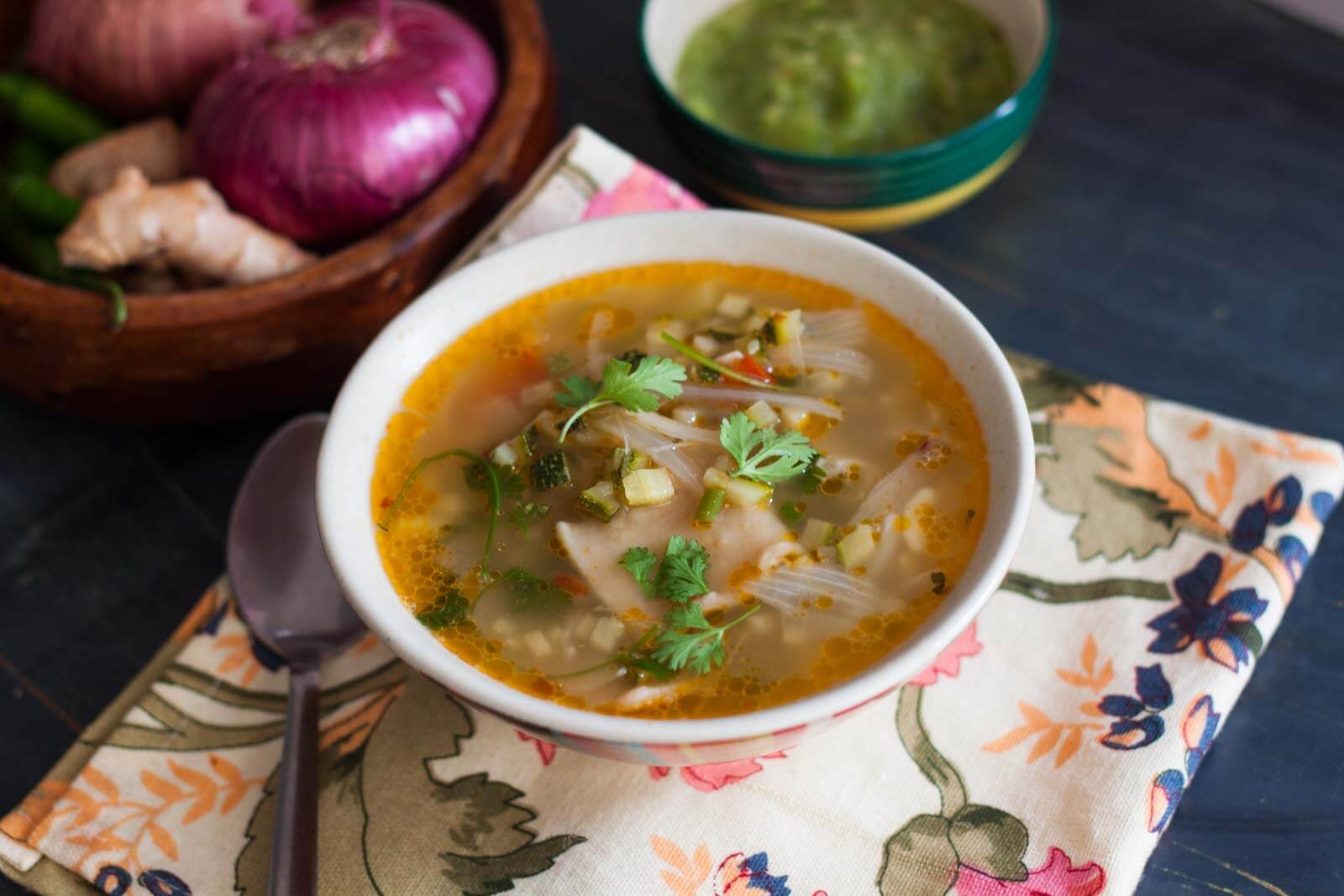
History and Culture
Culinary Heritage
Food in Gilgit has evolved through centuries, influenced by a tapestry of historical, cultural, and geographical factors. The culinary heritage of this region is a vibrant mosaic, reflecting the diverse traditions of various communities that have inhabited Gilgit over the years. From ancient trade routes to invasions and migrations, the cuisine of Gilgit bears the imprints of numerous civilizations that traversed these lands. Its rich history intertwines with Central Asian, Persian, Kashmiri, and Tibetan influences, resulting in a unique and diverse culinary tapestry.
Overview of Historical Influences The historical influences shaping food in Gilgit are as diverse as the landscape itself. The region’s strategic location along ancient trade routes facilitated the exchange of spices, ingredients, and culinary techniques. Dynastic rule, cultural interactions, and religious practices have left indelible marks on the local cuisine. The blending of indigenous ingredients with those brought by traders and travelers has given rise to a distinct culinary identity, showcasing a harmonious fusion of flavors and cooking methods.
Cultural Aspects Impacting Food Traditions The food culture in Gilgit is deeply rooted in local traditions and customs, intricately woven into the fabric of daily life. It reflects the values, beliefs, and social structures of the communities residing here. Celebrations, festivals, and religious ceremonies often revolve around special dishes, emphasizing the cultural significance of food. Furthermore, the emphasis on hospitality is a cultural cornerstone, with meals being a means of forging bonds, resolving disputes, and showcasing generosity.
Traditional Cooking Methods
The cooking methods employed in preparing food in Gilgit are steeped in tradition and simplicity. Locals often use time-honored techniques that have been passed down through generations. From slow-cooking over open fires to steaming, roasting, and simmering, these methods play a pivotal role in shaping the flavors and textures of the dishes. The use of earthenware, clay ovens, and utensils crafted from local materials adds a rustic charm to the culinary process, enhancing the authenticity of the flavors.
Influence on Flavors and Textures The traditional cooking techniques not only impart distinct flavors but also contribute to the unique textures of Gilgit’s cuisine. Slow cooking allows spices to infuse deeply into meats and vegetables, resulting in dishes bursting with robust and complex flavors. Additionally, methods like steaming and roasting help preserve the natural goodness of ingredients, retaining their nutritional value while enhancing the overall taste profile of the dishes.
Tips and Tricks
Food in Gilgit isn’t just a delight for the taste buds; it’s a cultural experience waiting to be savored. Whether you’re exploring the bustling streets or trying your hand at recreating these flavors in your kitchen, here are some tips and tricks to elevate your gastronomic journey.
Must-Try Dishes and Where to Find Them
Exploring the authentic flavors of food in Gilgit means diving into iconic dishes that define the region’s culinary identity. Seek out local eateries and street vendors renowned for their specialties. Don’t miss the chance to indulge in Chapshuro, a savory-filled pastry, often found at street-side vendors in bustling marketplaces. For a taste of traditional Sajji, head to local restaurants known for their expertise in roasting succulent chicken or lamb over open flames, imparting a smoky depth to the dish.
Cooking at Home
Bringing the essence of Gilgit’s cuisine into your home kitchen is an adventure worth embarking upon. Simplified recipes allow you to recreate the magic of local dishes. Try your hand at making Chapshuro by preparing a dough filled with minced meat, folding it into pockets, and either baking or frying until golden and crispy. For those seeking a vegetarian option, Palak Paneer offers a delightful mix of spinach and paneer cooked in aromatic spices, easily replicated at home.
Tips for Home Cooking Experimenting with Gilgit’s cuisine at home might pose challenges in sourcing specific ingredients. However, fret not! Substitute hard-to-find elements with alternatives that capture similar flavors. For instance, if yak meat, a regional specialty, isn’t accessible, lean beef serves as an excellent substitute. For the smoky essence imparted by traditional methods, try grilling or slow-cooking dishes to infuse a similar depth of flavor.
Embracing Culinary Adventures
The allure of Gilgit’s food extends beyond its famous dishes. Dive deeper into the region’s culinary diversity by exploring lesser-known gems. Discover local bakeries offering Tandoori Roti, unleavened bread cooked in clay ovens, or indulge in Mantu, steamed dumplings filled with savory goodness, found at quaint eateries.
Unleash your inner food enthusiast by venturing into the heart of Gilgit’s culinary landscape, either through its authentic eateries or within the comforts of your own kitchen. The key is to embrace the flavors, savor the experiences, and relish every bite of food in Gilgit.
Ingredients
The essence of food in Gilgit lies in its ingredients, a harmonious blend of flavors and textures that define the region’s culinary identity. From staple elements to unique spices, each ingredient holds cultural significance and contributes to the rich tapestry of flavors found in Gilgit’s cuisine.
Staple Ingredients
Central to Gilgit’s culinary heritage are staple ingredients that form the foundation of numerous traditional dishes. Wheat, barley, and maize feature prominently, serving as primary grains used in various forms such as flour, bread, and porridge. These grains have been integral to the local diet for generations, owing to their availability and versatility. Moreover, dairy products like yogurt, cheese (chhurpi), and butter are indispensable components, adding richness and depth to many recipes. The cultural significance of these ingredients is deeply rooted in the region’s agrarian heritage, reflecting a reliance on local produce that sustains the community.
Brief History and Cultural Significance Wheat and barley cultivation in Gilgit dates back centuries, forming the cornerstone of agricultural practices. These grains not only nourish the population but also symbolize prosperity and abundance in local folklore and traditions. The communal act of preparing and sharing dishes made from these grains fosters bonds within families and communities, reinforcing the cultural importance of these staple ingredients in daily life.
Unique Flavors and Spices
The distinctive flavors of food in Gilgit are elevated by a medley of unique spices and seasonings. Influenced by regional trade routes and historical exchanges, the cuisine boasts a flavorful array of spices such as cumin, coriander, cardamom, and cloves. These spices infuse dishes with depth and complexity, creating a symphony of aromas and tastes that captivate the palate.
Origins and Usage in Traditional Recipes Cumin, a key spice in Gilgit’s cuisine, not only adds earthy warmth but also traces its roots to ancient trade routes that connected the region with distant lands. Cardamom, known for its floral and citrusy notes, adds a delicate touch to both sweet and savory dishes. Cloves, with their intense and pungent flavor, are often used sparingly to impart depth to meat-based preparations. These spices are meticulously incorporated into traditional recipes, each contributing a unique essence that distinguishes Gilgit’s culinary offerings.
The marriage of staple ingredients with a diverse array of spices forms the bedrock of food in Gilgit, encapsulating a culinary heritage deeply intertwined with history, culture, and a reverence for the bounties of the land. These ingredients not only tantalize the taste buds but also narrate a story of traditions passed down through generations, making each dish a flavorful ode to Gilgit’s culinary legacy.
Sustainability and Local Sourcing
The culinary landscape of food in Gilgit isn’t just about taste; it’s deeply rooted in sustainable practices and a profound respect for locally sourced ingredients. Embracing the bounty of the region’s natural resources, Gilgit’s food culture champions the use of locally produced goods, fostering a symbiotic relationship between the community and the land.
Emphasis on Locally-Sourced Ingredients
Central to Gilgit’s food ethos is the emphasis on locally sourced ingredients, a practice deeply embedded in the region’s culinary heritage. Locally-grown fruits, vegetables, grains, and dairy products not only showcase the richness of the land but also support the livelihoods of local farmers and producers. The reliance on indigenous produce not only ensures freshness and authenticity in dishes but also reduces the carbon footprint associated with transportation, aligning with sustainable culinary practices.
Importance in Gilgit’s Food Culture The use of local produce isn’t merely a preference but a fundamental aspect of Gilgit’s food culture. It embodies a commitment to preserving the region’s agricultural diversity and celebrating the seasonal bounty. Dishes crafted from ingredients sourced within the vicinity exemplify a connection to the land, fostering a sense of pride and ownership in the community.
Eco-Friendly Practices
Gilgit’s food scene reverberates with eco-friendly initiatives that prioritize sustainability in sourcing and consumption. Restaurants and markets across the region are increasingly adopting environmentally-conscious measures, promoting responsible dining experiences. From reducing food waste through efficient practices to utilizing biodegradable packaging, establishments are making conscious efforts to minimize their environmental impact.
Supporting Local Farmers and Producers
Initiatives supporting local farmers and producers play a pivotal role in sustaining Gilgit’s food ecosystem. Collaborations between restaurants, markets, and farming communities not only ensure fair economic returns but also empower local producers. These collaborations foster relationships built on mutual respect and a shared commitment to preserving the region’s agricultural heritage.
The concerted effort to prioritize locally sourced ingredients and embrace eco-friendly practices underscores the dedication of Gilgit’s food community toward sustainability. By supporting local farmers, reducing environmental footprints, and honoring the land, food in Gilgit embodies a holistic approach that nourishes both the body and the planet.
Pairings and Recommendations
Pairing beverages with the diverse array of food in Gilgit enhances the culinary journey, amplifying flavors and creating a harmonious dining experience. Beyond the traditional offerings, exploring additional regional dishes and eateries unveils a world of culinary diversity waiting to be discovered.
Beverages and Food Pairings
Enhancing the Dining Experience Complementing the robust flavors of food in Gilgit, a range of beverages elevates the sensory experience. For instance, the smoky notes of Sajji, when paired with a robust red wine, intensify the savory nuances. Additionally, the earthy warmth of Chapshuro finds harmony with locally brewed beers or traditional drinks like Butter Tea, enhancing the overall dining experience.
Traditional Drinks Exploring traditional drinks such as Butter Tea adds depth to the palate, with its unique blend of black tea, yak butter, and salt. This traditional beverage not only complements the savory richness of dishes but also provides a glimpse into Gilgit’s cultural heritage.
Additional Food Explorations
Beyond Traditional Offerings Venturing beyond the quintessential dishes, Gilgit offers a myriad of lesser-explored culinary treasures. Indulge in the delicate flavors of Balay, a flatbread with a hint of buttery goodness, or delve into the delectable Khacahapuri, a Georgian cheese-filled bread, adding an international twist to the culinary journey.
Diverse Culinary Experiences The culinary landscape of Gilgit extends beyond the known dishes, presenting diverse culinary experiences. Explore local bakeries offering Tandoori Roti, unleavened bread cooked in clay ovens, or relish Mantu, steamed dumplings filled with savory delights. Each bite unravels a tale of unique flavors and cultural influences, adding depth to the exploration of food in Gilgit.
The art of pairing beverages with the diverse flavors of Gilgit’s cuisine heightens the dining experience while exploring beyond the traditional offerings unveils a realm of culinary diversity waiting to be savored. Whether embracing traditional drinks or delving into lesser-explored dishes, the culinary landscape of Gilgit promises a journey filled with delightful flavors and intriguing cultural nuances.
Cultural Significance
In Gilgit, food isn’t just sustenance; it’s a centerpiece of cultural celebrations, rituals, and social bonding. The region’s culinary heritage is deeply intertwined with traditions, customs, and communal practices that foster unity and strengthen social bonds.
Food Rituals and Traditions
Role in Cultural Celebrations Food in Gilgit takes center stage during cultural celebrations and festivities, signifying abundance, hospitality, and shared joy. Special dishes prepared with meticulous care are symbolic of cultural events, such as the elaborate preparation of Sajji during weddings or festivals. These dishes are steeped in tradition, reflecting the essence of the occasion and connecting generations through culinary rituals.
Cultural Events and Customs Certain dishes hold profound significance in Gilgit’s cultural tapestry, often associated with specific events or customs. For instance, Chapshuro, a savory pastry, is not only a culinary delight but also an integral part of local gatherings, symbolizing togetherness and familial ties. The preparation and sharing of Chapshuro during community gatherings reinforce the sense of unity and kinship among the people.
Social Aspect of Dining
Communal Eating Practices Communal dining practices form an integral part of Gilgit’s social fabric. Shared meals foster a sense of camaraderie and solidarity, transcending familial and social divides. The tradition of sitting together, often on the floor, to savor meals signifies equality and mutual respect, breaking barriers and strengthening bonds.
Impact on Community Unity
Food gatherings in Gilgit serve as platforms for fostering social connections and community unity. The act of sharing meals transcends mere nourishment; it becomes a conduit for storytelling, sharing experiences, and building relationships. Whether in homes or local eateries, these communal dining experiences nurture a sense of belonging and inclusivity within the community.
Food in Gilgit is not merely a source of sustenance; it’s a cultural emblem that weaves together stories, traditions, and social connections. Through its rituals, customs, and communal practices, the cuisine of Gilgit serves as a unifying force, embodying the values of togetherness, generosity, and the rich cultural heritage of the region.
Conclusion
In concluding our exploration of the diverse world of food in Gilgit, we’ve unveiled a tapestry of flavors, traditions, and cultural significance that define this vibrant culinary landscape. From the richness of locally sourced ingredients to the deep-rooted traditions associated with each dish, Gilgit’s food isn’t just about taste; it’s a reflection of history, heritage, and community.
Embracing the culinary treasures of Gilgit offers a gateway to understanding the essence of its culture. Each bite tells a story, connecting us to centuries-old traditions, celebrations, and the warmth of hospitality ingrained in every dish. The significance of food in Gilgit transcends mere sustenance; it’s a profound expression of identity and belonging, showcasing the region’s resilience and unity.
To all enthusiasts of food in Gilgit, I encourage you to embark on this flavorful journey. Explore the bustling markets, savor the authenticity of local eateries, and dare to experiment with recipes in your own kitchen. Allow your taste buds to unravel the intricate flavors, and let each dish be a portal into the heart of Gilgit’s cultural heritage.
Understanding the significance of food in Gilgit is to embrace more than just a culinary experience; it’s an invitation to dive deep into a world where every dish narrates a story, every meal fosters connections, and every bite is an ode to the region’s diverse history and culture. So, let the flavors guide you, the aromas entice you, and the traditions enchant you as you immerse yourself in the culinary treasures of Gilgit.

